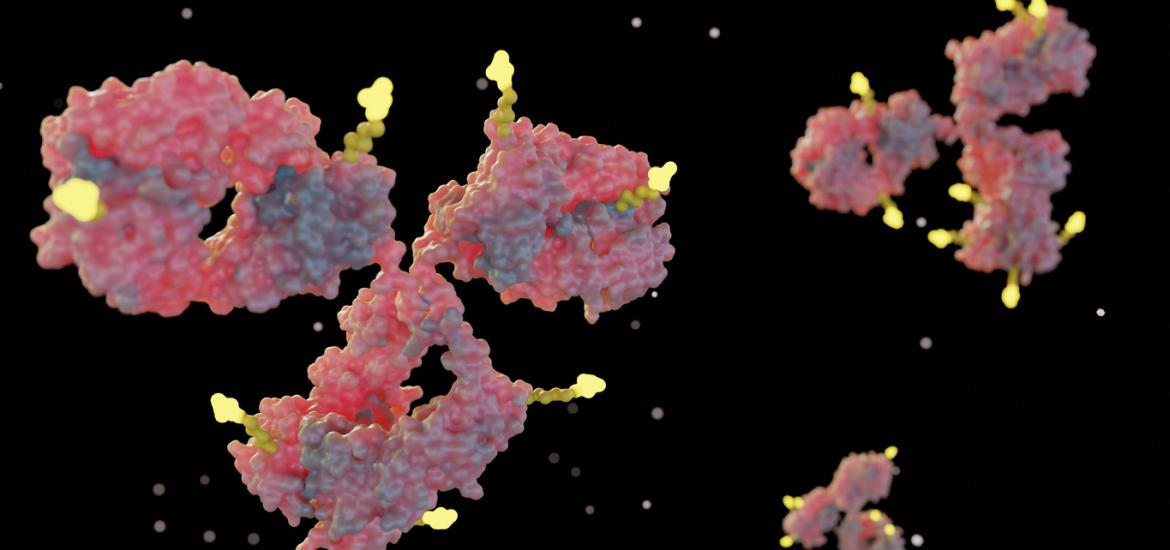
Ideaya's conjugate journey continues
The synthetic lethality specialist licenses in its second ADC in six months.
The synthetic lethality specialist licenses in its second ADC in six months.

Biotech's year-opening JP Morgan healthcare conference starts relatively late in 2025, on 13 January, and that's provided some with an opportunity to get ahead of an expected wave of news. One such company appears to be Ideaya, which on 29 December struck a small but notable deal with Jiangsu Hengrui to bring in ex-China rights to a new pipeline project.
The asset is SHR-4849, now disclosed as being an ADC against DLL3, a target that's slowly been gaining popularity after the approval last March of Amgen's Imdelltra. That said, there are still only five anti-DLL3 ADCs in clinical development, according to OncologyPipeline, and what makes the deal especially intriguing is that Ideaya until recently had a pure synthetic lethality focus.
As such the group's lead pipeline assets are the PKC inhibitor darovasertib and the MAT2A inhibitor IDE397, in addition to molecules targeting other synthetic lethality mechanisms including PARG (IDE161), DNA Pol theta (IDE705) and Werner helicase (IDE275). IDE397 in particular has shown promise.
However, Ideaya threw a spanner into the works of this strategy when it struck a deal with Biocytogen covering bispecific ADCs last July. That tie-up gave rise to IDE034, which was recently chosen to take forward, and is due to enter the clinic this year.
Second ADC
The new tie-up with Jiangsu Hengrui therefore marks the second ADC deal that Ideaya has struck in the space of half a year. While IDE034 hits two targets, B7-H3 and PTK7, Hengui's SHR-4849 is a more typical ADC against just the one antigen, DLL3. However, both use a topoisomerase 1 inhibitor as the payload.
SHR-4849 has yet to enter US clinical trials but is in phase 1 in China, and Ideaya has paid Hengrui $75m up front for ex-China rights. In its deal statement the US biotech also revealed the first clinical data for the molecule, claiming eight partial responses among 11 SCLC patients who were evaluable and had been given dose levels deemed therapeutic, at a 10 December cutoff.
The implied response rate of 73% compares favourably against the 40% ORR Imdelltra scored in its registrational Dellphi-301 trial – with the big caveats that the SHR-4849 case reports include unconfirmed as well as confirmed responses, and that Dellphi-301 comprised 99 patients.
Ideaya also claims that treatment-related adverse events with SHR-4849 have predominantly been seen at grade 1 or 2, that no drug-related discontinuations have been seen, and that a maximum tolerated dose hasn't been reached. The company also says SHR-4849 could treat neuroendocrine tumours, 20-40% of which express DLL3; the corresponding rate for SCLC is around 85%.
Zai Lab
That said, based on recent data SHR-4849's biggest anti-DLL3 competitor might not be Imdelltra but rather Zai Lab/MediLink's rival ADC ZL-1310, which at October's Triple meeting yielded a 74% ORR (including unconfirmed responses) among 19 SCLC patients.
The Imdelltra approval, Zai Lab data, Ideaya/Hengrui tie-up, and a deal between Roche and Innovent struck just days later show a continued resurgence of the DLL3 target after the spectacular collapse of rova-T, which AbbVie acquired through its $5.8bn takeover of Stemcentrx, and which was the first ADC to try this approach.
Ideaya buying into this enthusiasm need not necessarily signal a step back from synthetic lethality, however; the group's logic might simply involve a plan to combine its small molecules with ADCs.
1569













